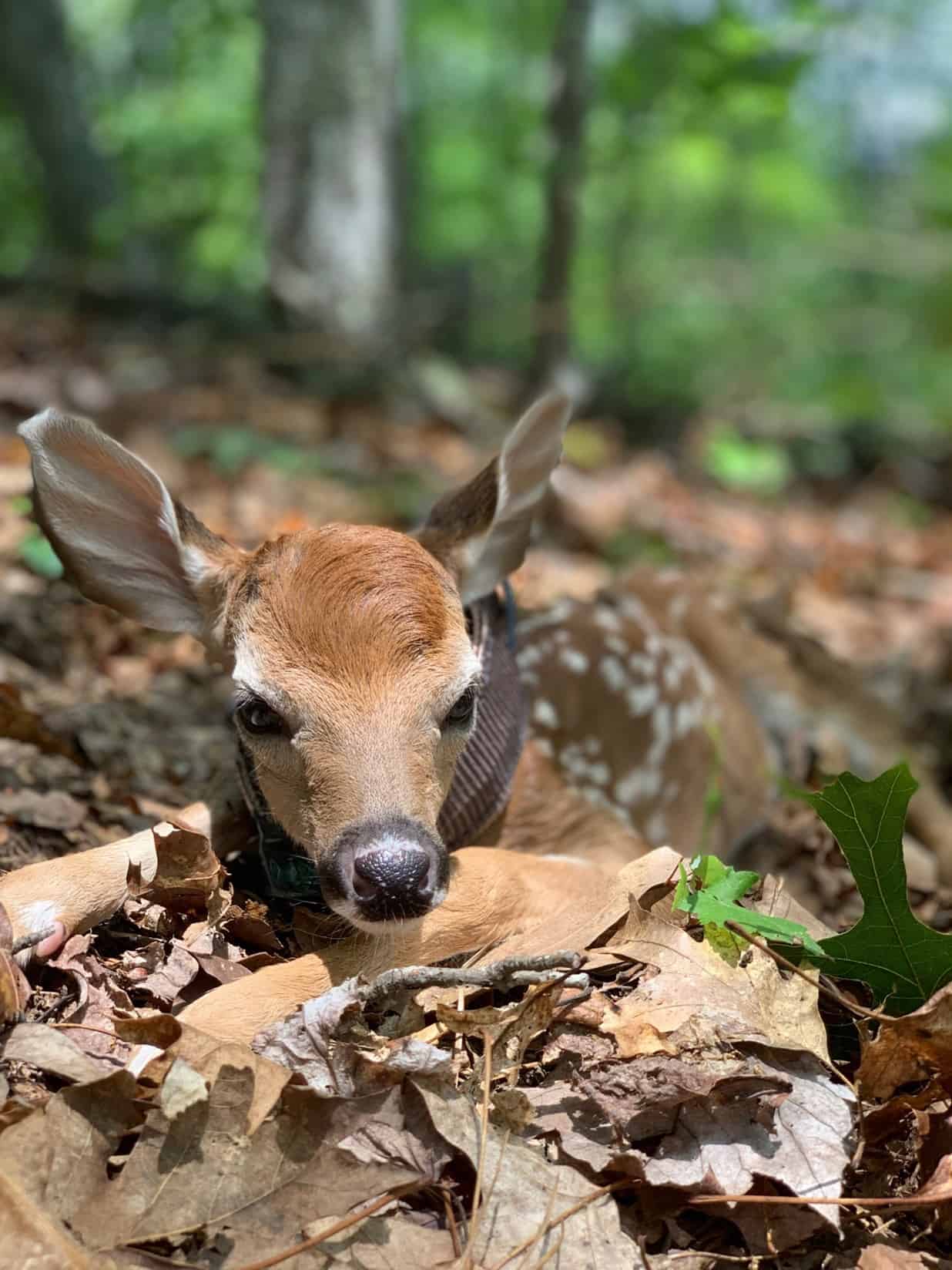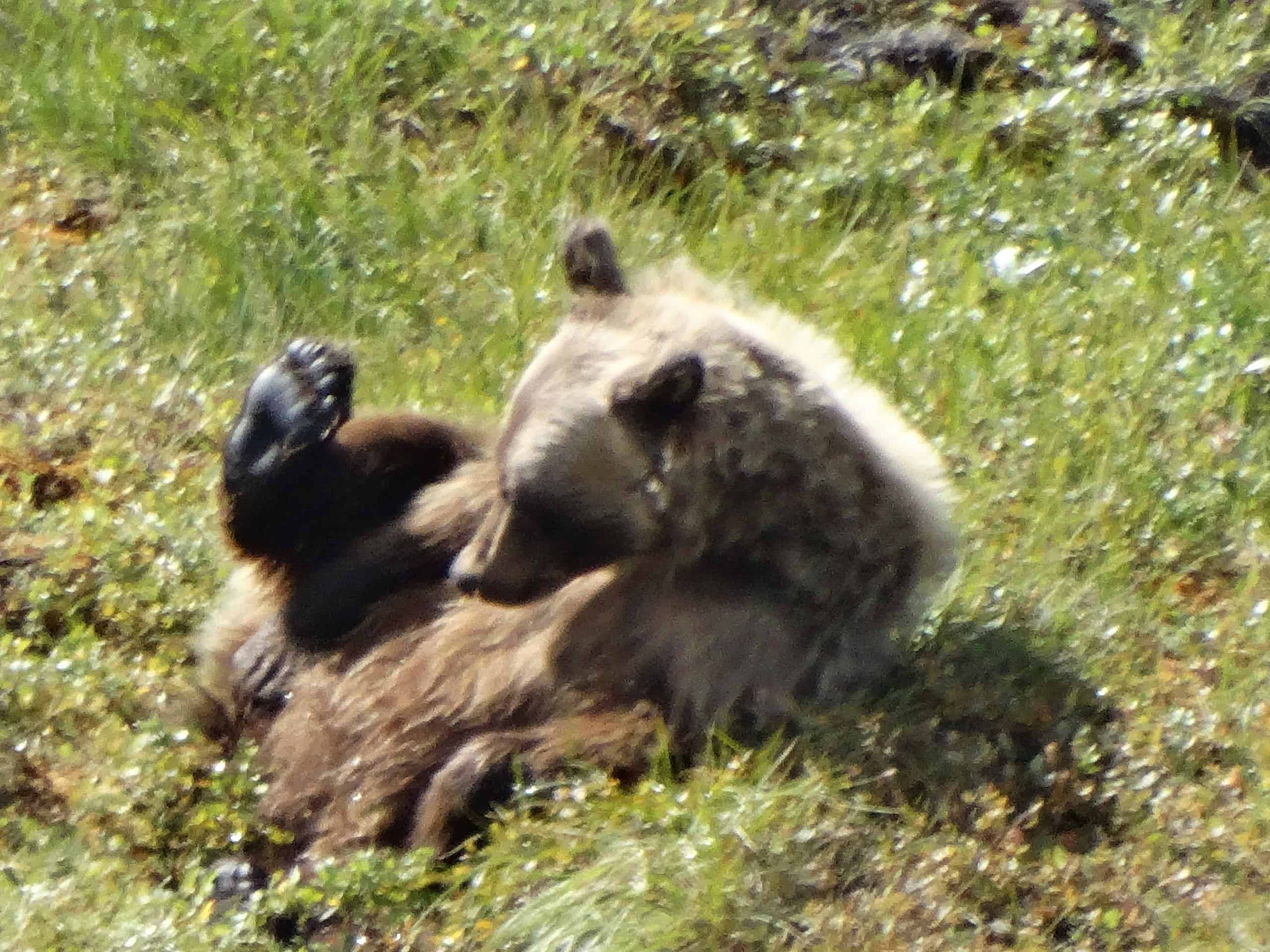Share this article
Wildlife Featured in this article
- White-tailed deer
- Coyotes
- Bobcats
- Black bears
JWM: Despite predation, deer numbers in western Virginia are stable
Hunters had feared coyotes and bears were driving down deer populations
In the Appalachian Mountains of western Virginia, hunters had noticed that as coyote and bear populations climbed in the region, white-tailed deer numbers were falling. That raised concerns that these carnivores were preying on young fawns, threatening the stability of a struggling population.
Yet when researchers looked into the effects of predators on the deer, they found that coyotes weren’t the biggest threat, and the deer population wasn’t at risk.
“The story that emerged was a little bit different than what was expected,” said Michael Cherry, Stuart W. Stedman Chair for White-tailed Deer Research at the Caesar Kleberg Wildlife Research Institute in Kingsville, Texas.
While white-tailed deer (Odocoileus virginianus) are thriving to the point of becoming a nuisance throughout much of the eastern U.S., in the southern and central Appalachians, deer populations are struggling. In a study published in PLOS ONE in August, researchers found that poor habitats and predation were driving down deer numbers in northern Georgia.
The deer population in Bath County, Virginia is also more vulnerable than some, and it’s one that state wildlife officials have been working to maintain to meet hunter demands.
“This has historically been a really popular place for hunters to go and pursue deer,” said Cherry, lead author of the recent study published in the Journal of Wildlife Management. “It’s a beautiful landscape with an abundance of public land on the George Washington National Forest.”
To find out how much predation was responsible for population declines, researchers used GPS collars and vaginal implant transmitters on 38 pregnant female deer. Once the animals gave birth, the team was able to find and collar 57 newborn fawns. If the collars stopped moving, researchers rushed to investigate how the animal it belonged to died. If they found a kill site, they searched for clues—scat, tracks, feeding behavior, sometimes even analyzing saliva left on the carcass—to determine what predator species was responsible.
The central Appalachians have a growing list of possibilities. Populations of coyotes (Canis latrans), bobcats (Lynx rufus) and black bears (Ursus americanus), are all on the rise. Yet the detective work proved pretty easy, Cherry said.
“Bears consume basically the whole fawn all in one sitting,” he said, and that was mostly what they found. Of the 57 fawns they collared, 37 died. Nine died from causes such as abandonment, malnutrition and disease. The other 28 were killed by predators, with bears responsible for nearly two-thirds of the predations. Bears killed 18 fawns. Bobcats killed five. Coyotes—whose growing numbers first raised concerns—killed just three.
Using that data, researchers were able to model the effects these predators had on the deer population. They found that, despite the predation, deer numbers were stable enough to allow for a modest increase in doe harvest.
The findings were not exactly a surprise, Cherry said. Adult female survival is much more important than fawn survival in driving population levels. And despite hunter concerns, the region is not very conducive to coyote populations.
While hunters were probably right in noticing that the deer were declining as coyotes were increasing, he said, the two probably weren’t related. Reduced forest harvesting that creates early successional habitat and irregular hard mast crops of acorns probably play the biggest roles.
“Overall, we think there has just been a decline in habitat quality for deer in the region,” Cherry said.
This article features research that was published in a TWS peer-reviewed journal. Individual online access to all TWS journal articles is a benefit of membership. Join TWS now to read the latest in wildlife research.
Header Image: A newborn fawn is fitted with a GPS collar, allowing researchers to track its movements. Credit: Garrett Clevenger/ Tennessee Wildlife Resources Agency








